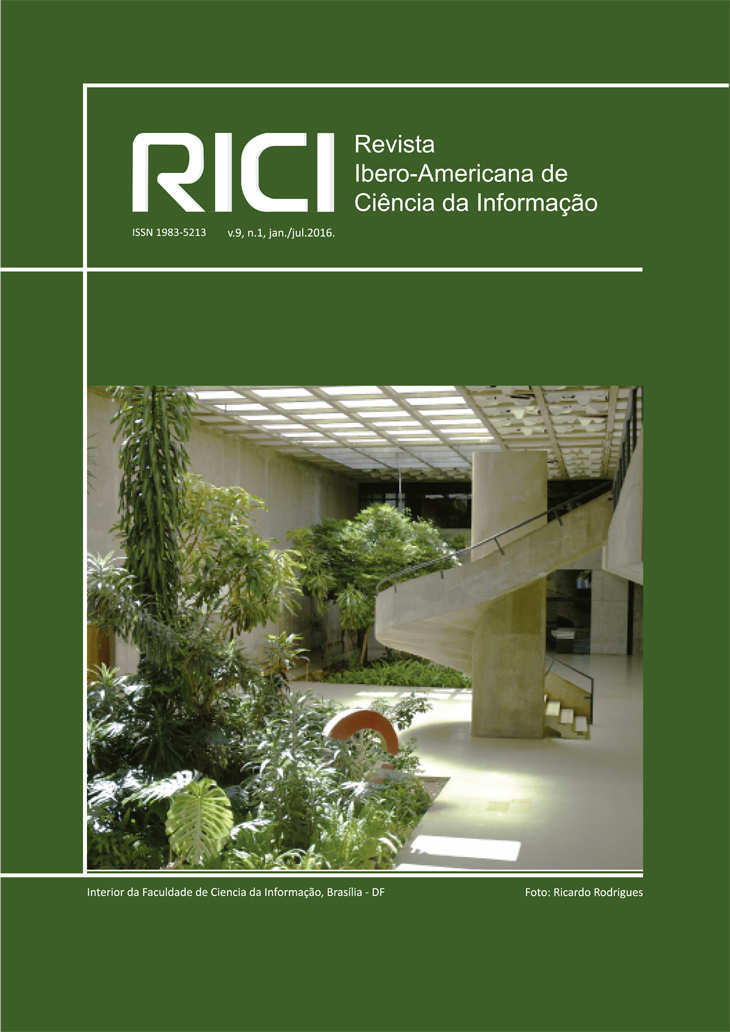Configuração: uma perspectiva de Arquitetura da Informação da Escola de Brasília
Keywords:
information architecture, configuration managementAbstract
Realizado no âmbito da Escola de Brasília de Arquitetura da Informação, este trabalho investiga como aspectos teóricos e práticos dos temas Configuração, Arquitetura, Informação e Gerência de Configuração (GC) podem ser integrados para promover explicações científicas no âmbito da Arquitetura da Informação. Com base na Teoria Geral da Arquitetura da Informação, desenvolve-se um ensaio de uma teoria sobre configuração; promove-se a adequação de conceitos como configuração, item deconfiguração e configuração da informação; descreve-se como a abordagem simultânea de teoria se arcabouços da práxis de Gerenciamento de Configuração e de Arquitetura da Informação traz contribuições recíprocas à s duas áreas. Além dessas e de outras contribuições, destacam-se uma compilação da história normativa do Gerenciamento de Configuração, um detalhamento das cinco funções mais comuns de GC e a produção de um glossário dessas funções.
Downloads
Published
How to Cite
Issue
Section
License
Copyright (c) 2016 Lauro Cesar Araujo

This work is licensed under a Creative Commons Attribution 4.0 International License.
Copyright Notice
Authors who publish in this journal agree to the following terms:
- Authors retain copyright and grant the journal right of first publication with the work simultaneously licensed under the Creative Commons Attribution License 4.0, allowing the sharing of work and recognition of the work of authorship and initial publication in this journal.
- Authors are able to take on additional contracts separately, non-exclusive distribution of the version of the paper published in this journal (ex.: distribute to an institutional repository or publish as a book), with an acknowledgment of its initial publication in this journal.
- Authors are permitted and encouraged to distribute their work online (eg.: in institutional repositories or on their website) at any point before or during the editorial process, as it can lead to productive exchanges, as well as increase the impact and citation the published work.
















